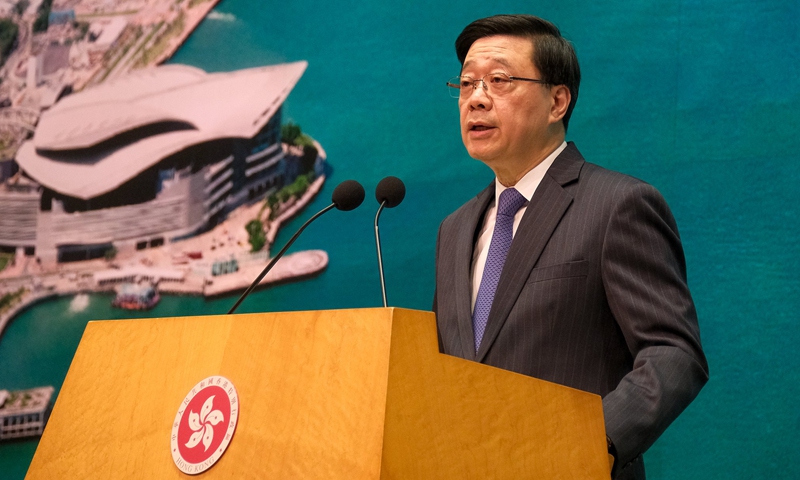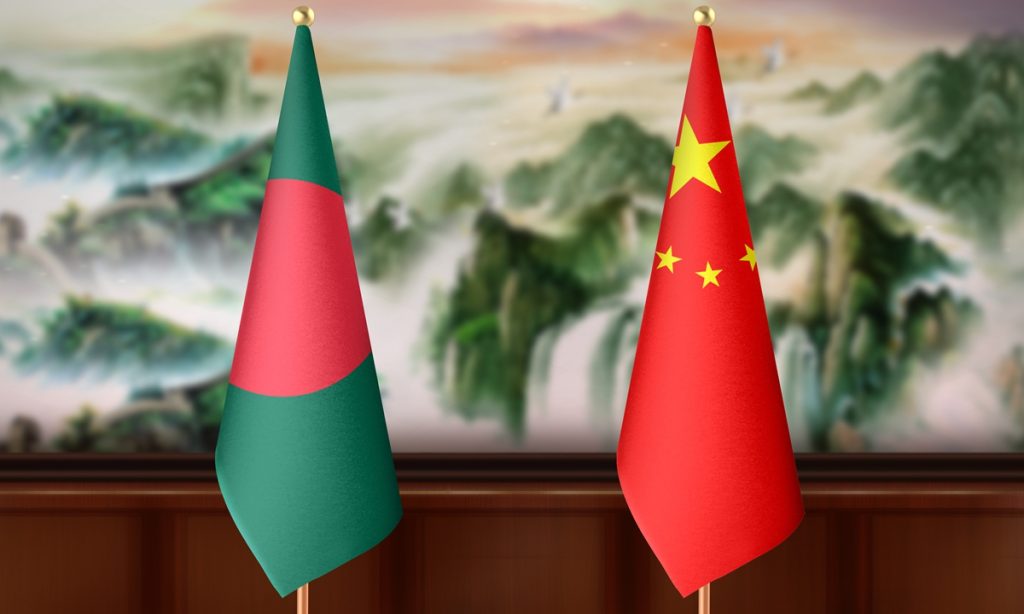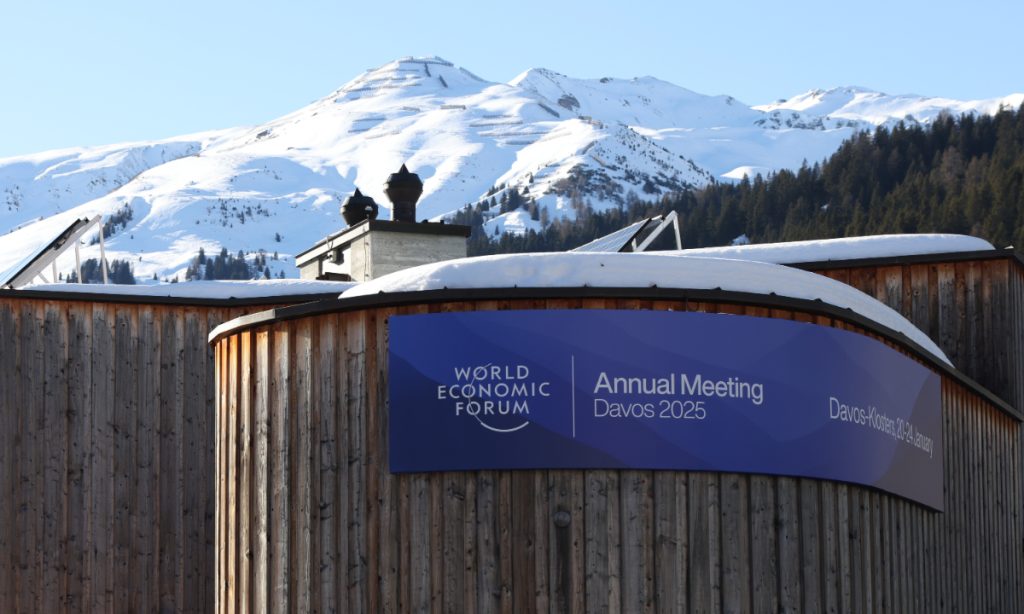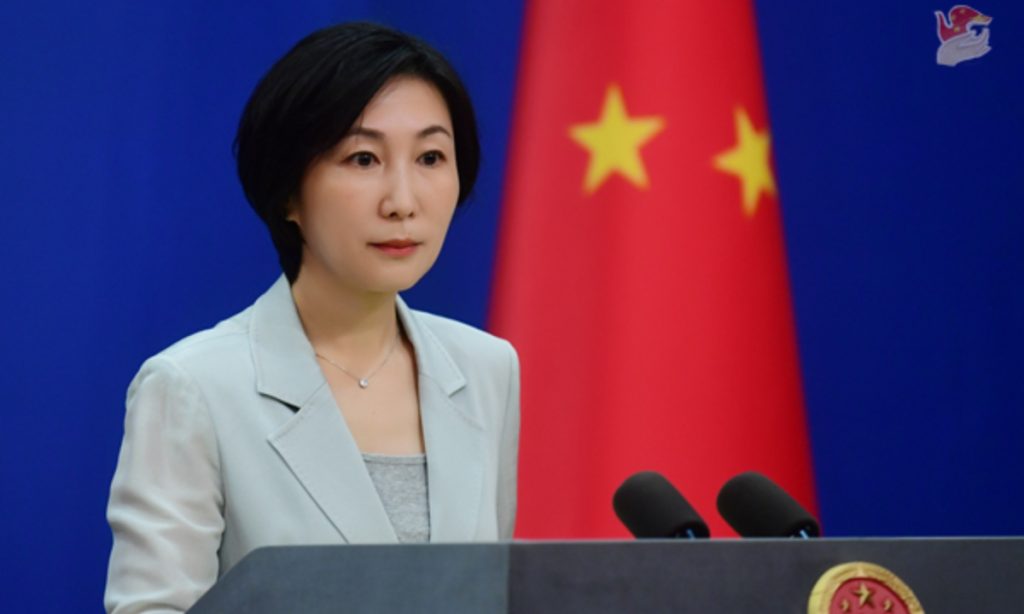China, Thailand to step up efforts to combat cross-border crimes including telecom fraud, online gambling: Chinese Ambassador to Thailand
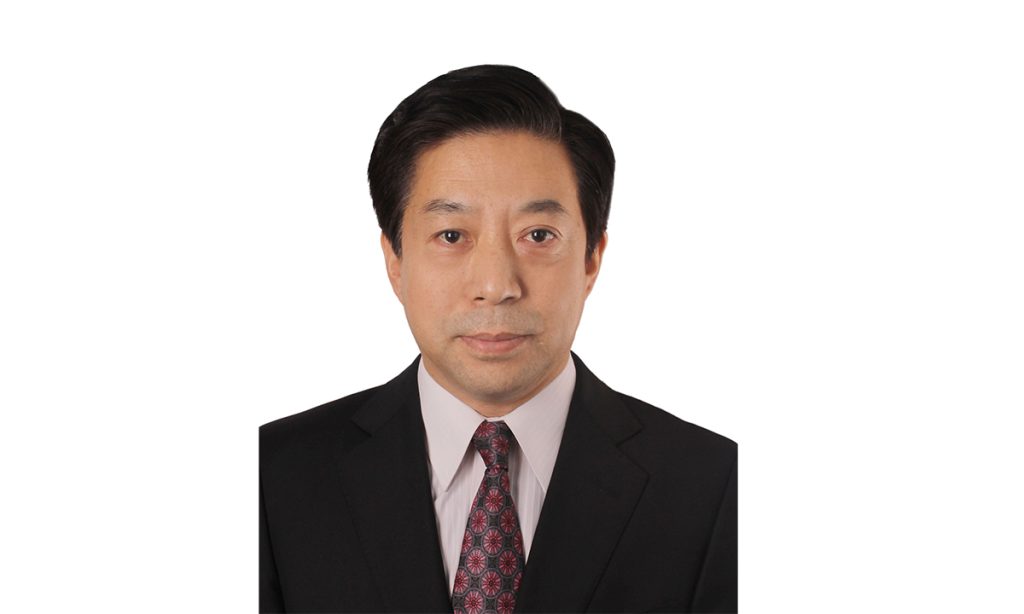
Editor's note:
This year marks the 50th anniversary of the establishment of diplomatic relations between Thailand and China. In an exclusive interview with the Global Times, Chinese Ambassador to Thailand Han Zhiqiang said that the two countries are emphasizing the alignment of development strategies, deepening cooperation in emerging economic and technological fields, and making preparations for the historic state visit of the Thailand's King to China in the second half of this year.
Recently, the telecom fraud along the Thai-Myanmar border has drawn much attention. As China, Myanmar and Thailand have stepped up their crackdown on telecom fraud compounds, those compounds in Myanmar have successively released about 7,000 people from more than 20 countries.
Thai foreign ministry spokesperson Nikorndej Balankura told reporters that the government plans to repatriate 1,500 people per week, or 300 each weekday, with "regular repatriations of Chinese nationals every Wednesday, Thursday and Friday," according to the AFP.
Han said China appreciates Thailand's effort for taking strong measures to dismantle telecom fraud gangs and safeguard the lives and property of citizens of China and other countries. China will continue to deepen law enforcement cooperation with relevant countries, including Thailand, step up efforts to combat cross-border criminal activities such as telecom fraud, online gambling, and human trafficking, fully assist in the investigation, search, rescue and release of missing and trapped people, and effectively safeguard the lives, property and legitimate rights and interests of the people.
GT: In February this year, Prime Minister of Thailand Paetongtarn Shinawatra paid her first official visit to China after assuming office. What do you think is the significance of this visit? What are your expectations for the future of China-Thailand relations?
Han: From February 5th to 8th, the Thailand Prime Minister paid her first official visit to China and attended the opening ceremony of the 9th Asian Winter Games in Harbin. The visit yielded fruitful results. This visit took place at the beginning of the 50th anniversary of the establishment of diplomatic relations between China and Thailand and the "golden jubilee" of their friendship. The leaders of the two countries had in-depth exchanges of views on bilateral relations as well as regional and international issues, and reached important consensuses.
During Paetongtarn's visit, the leaders of the two countries reaffirmed their mutual support on issues concerning each other's core interests and major concerns.
China supports Thailand in following a development path that suits its national conditions, and Thailand reaffirmed its firm commitment to the one-China principle and its non-support for "Taiwan independence." The two sides emphasized the need to strengthen the alignment of development strategies, deepen cooperation in emerging economic and technological fields, and prepare for the historic state visit of the Thailand's King to China in the second half of this year.
Thai PM's visit has further strengthened the political mutual trust between China and Thailand and further consolidated the foundation for the two countries to jointly build a community with a shared future.
Paetongtarn's visit has also injected strong impetus into practical cooperation. China has been Thailand's largest trading partner, its largest export market for agricultural products, and also its main source of foreign investment and foreign tourists for 12 consecutive years.
Cooperation between the two countries has been booming. During the visit, the leaders of the two countries witnessed the signing of several cooperation documents, and discussed strengthening connectivity under the framework of the Belt and Road Initiative, deepening cooperation in the industrial and supply chain, enhancing law enforcement security and judicial cooperation, as well as expanding cooperation in emerging fields such as the digital economy and new energy vehicles.
It has promoted a new upsurge in people-to-people and cultural exchanges. The Sacred Buddha Relic, a revered symbol of Buddhist devotion housed at Beijing's Lingguang Temple, was temporarily enshrined in Thailand from December 5, 2024, to February 14, 2025, which received a warm response from all sectors of Thai society.
During the Spring Festival, Thailand's King Vajiralongkorn and Queen Suthida Bajrasudhabimalalakshana held a Spring Festival ancestor worship ceremony. Princess Maha Chakri Sirindhorn of Thailand attended the celebration activities in Bangkok's Chinatown, and Prime Minister Paetongtarn issued a Chinese New Year greeting message using AI.
During Paetongtarn's visit, the two sides unanimously agreed to explore international cooperation on giant pandas, deepen and expand exchanges and cooperation in various fields such as culture, tourism, education, and sports, and continuously promote mutual understanding and friendship between the people of the two countries, so that the China-Thailand friendship can be passed down from generation to generation.
Against the backdrop of the accelerated evolution of the profound changes unseen in a century, the sluggish global economic recovery, and the rising trends of protectionism and unilateralism, the two countries are faced with common external challenges and share common interests and similar views on many international and regional issues.
China and Thailand need to strengthen coordination in safeguarding international fairness and justice, upholding the multilateral trading system, and promoting the improvement of global economic governance.
During Thai PM's visit, the Thailand side clearly expressed its support for China's initiatives, including jointly building the Belt and Road Initiative, the Global Development Initiative, the Global Security Initiative, and the Global Civilization Initiative.
The two sides agreed to strengthen strategic communication under multilateral platforms such as the Lancang-Mekong Cooperation, the Asia-Pacific Economic Cooperation (APEC), the BRICS countries, and the Asian Cooperation Dialogue. The friendly cooperation between China and Thailand will help the two countries jointly address global risks and challenges, and make positive contributions to regional and world peace, stability and prosperity.
Looking ahead, we are confident in the bright prospects of China and Thailand jointly building a community with a shared future.
First, we will maintain close high-level exchanges and dialogues, deepen strategic communication, jointly address external risks and challenges, and continuously advance the building of a China-Thailand community with a shared future in a deeper and more practical manner.
Second, we will implement the important consensuses reached by the leaders of the two countries, deepen cooperation in connectivity, economic and trade investment, green development, the digital economy, and other fields, boost the modernization process of our respective countries, promote people-to-people and cultural exchanges, and create a more substantial and significant next "golden jubilee" of China-Thailand friendship.
Third, we will strengthen regional multilateral communication, deepen cooperation under the Lancang-Mekong Cooperation framework, China-ASEAN cooperation, and cooperation within the framework of the United Nations, contribute to maintaining regional peace and stability, promote the pooling of strength among countries in the "Global South," and work toward building a more just and reasonable global governance system.
GT: Thailand's cabinet recently approved the second phase of the high-speed rail project that will connect the Southeast Asian country with China through Laos, with completion expected in 2030. The China-Thailand Railway is an important cooperation project under the Belt and Road Initiative between the two countries. Could you share this project's latest progress? And what impact will this project have on the economies of the two countries?
Han: During Paetongtarn's visit, leaders of the two countries reached important consensuses on the proper implementation of flagship projects such as the China-Thailand Railway and on promoting the early achievement of more results in the concept of the connected development among China, Laos and Thailand.
The Thai side stated that it will accelerate the construction of the first phase of the China-Thailand Railway and will launch the second phase within this year. China highly commended this and will provide assistance.
The China-Thailand Railway is not only a new efficient and safe land passage for the flow of people and goods between China and Thailand, but also an important part of the major transportation artery in the Indo-China Peninsula.
In the future, the China-Thailand Railway will be further extended southward and connected with the railway networks of Malaysia and Singapore, which can further promote the connectivity between China and Southeast Asian countries.
This "trans-Asian Railway" can also be connected to Europe via the China-Europe freight trains, and its prospects are indeed limitless. The China-Laos Railway has been operating smoothly for more than three years. And the completion of the China-Thailand Railway will contribute to the realization of the goal of connected development among China, Laos and Thailand, and bring benefits to the people of the three countries.
GT: Since the implementation of the visa-exemption agreement between China and Thailand on March 1, 2024, nearly a year has passed. How do you evaluate the role of the visa-exemption agreement in promoting personnel exchanges between the two sides? What potential do you think there is for further cooperation between the two countries in the cultural industry?
Han: Since the implementation of the visa exemption agreement between China and Thailand, the people of the two countries have been traveling to each other's countries, and the people-to-people and cultural exchanges between China and Thailand have reached a new high.
In 2024, the number of Chinese tourists visiting Thailand reached 6.733 million, accounting for 19 percent of the total number of foreign tourists in Thailand and ranking first. The number of Thai tourists traveling to China has increased rapidly. In 2024, it exceeded 1.1 million, nearly three times higher than that in 2023, far exceeding the level before the pandemic, and China has become one of the most popular overseas travel destinations for Thai tourists.
According to the forecasts of the tourism industry associations of China and Thailand, the number of Chinese tourists traveling to Thailand will further recover significantly in 2025, and the number of Thai tourists traveling to China will continue to rise.
In recent years, with the help of new carriers such as film and television dramas, games, online literature, and cultural and creative trendy play products, Chinese culture and development concepts have been attracting increasing attention and welcome from the Thai people, especially the younger generation, in a more fashionable, diverse, and open manner, thus becoming a new window for Thais to understand China.
At the same time, China and Thailand are important markets for each other's cultural products going global and for soft power economic cooperation. The two countries can further strengthen the alignment of development strategies in the cultural and creative industries, and enhance exchanges in aspects such as policy exchanges, talent cultivation, digital technology empowerment, and the improvement of the international competitiveness of cultural products.
The cooperation in the cultural industries between China and Thailand is not only an important force to promote people-to-people and cultural exchanges, but also a new economic growth point for both sides.
GT: Recently, the telecom fraud on the Thailand-Myanmar border has drawn close attention. How do you evaluate the recent measures cracking down on telecom fraud taken by Thailand? Could you introduce the latest progress of the cooperation between China and Thailand in combating telecom fraud and other transnational criminal activities?
Han: Recently, in response to the continuous occurrence of vicious online gambling and telecom fraud cases on the Thailand-Myanmar border, China, Thailand, and Myanmar have jointly launched a concentrated crackdown operation.
Many telecom fraud compounds have been eradicated, and a large number of suspects have been arrested. More than 2,000 Chinese nationality criminal suspects have been repatriated to China. China has expressed its appreciation for the strong measures taken by Thailand to destroy the telecom fraud gangs and safeguard the lives and property of Chinese and other countries' citizens.
China will continue to deepen law enforcement cooperation with relevant countries, including Thailand, step up efforts to combat cross-border criminal activities such as telecom fraud, online gambling, and human trafficking.
China will assist in the investigation, search, rescue and release of missing and trapped people, effectively safeguard the lives, property and legitimate rights and interests of the people, and jointly maintain regional peace. At the same time, we also require Chinese citizens overseas to strictly abide by local laws and regulations and refrain from engaging in criminal activities.

